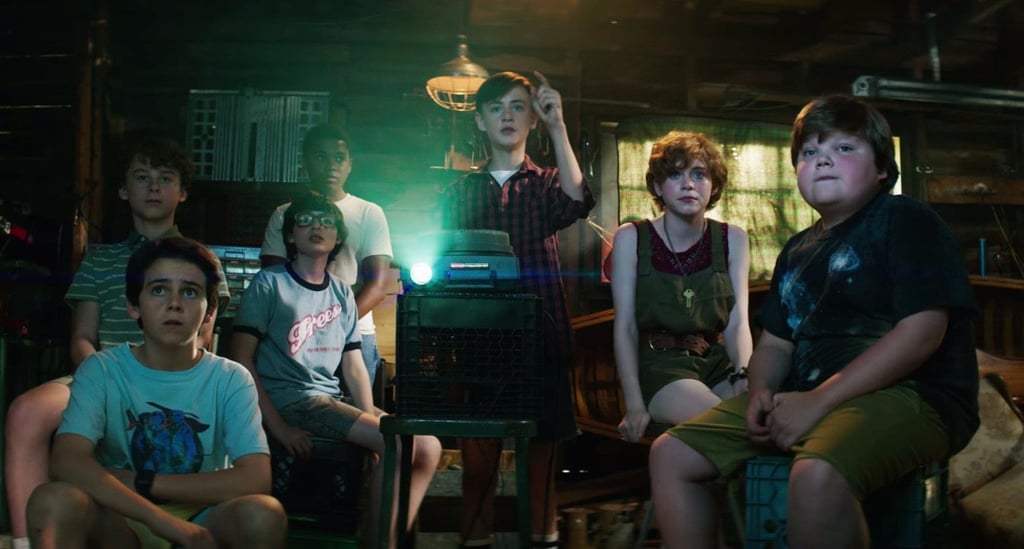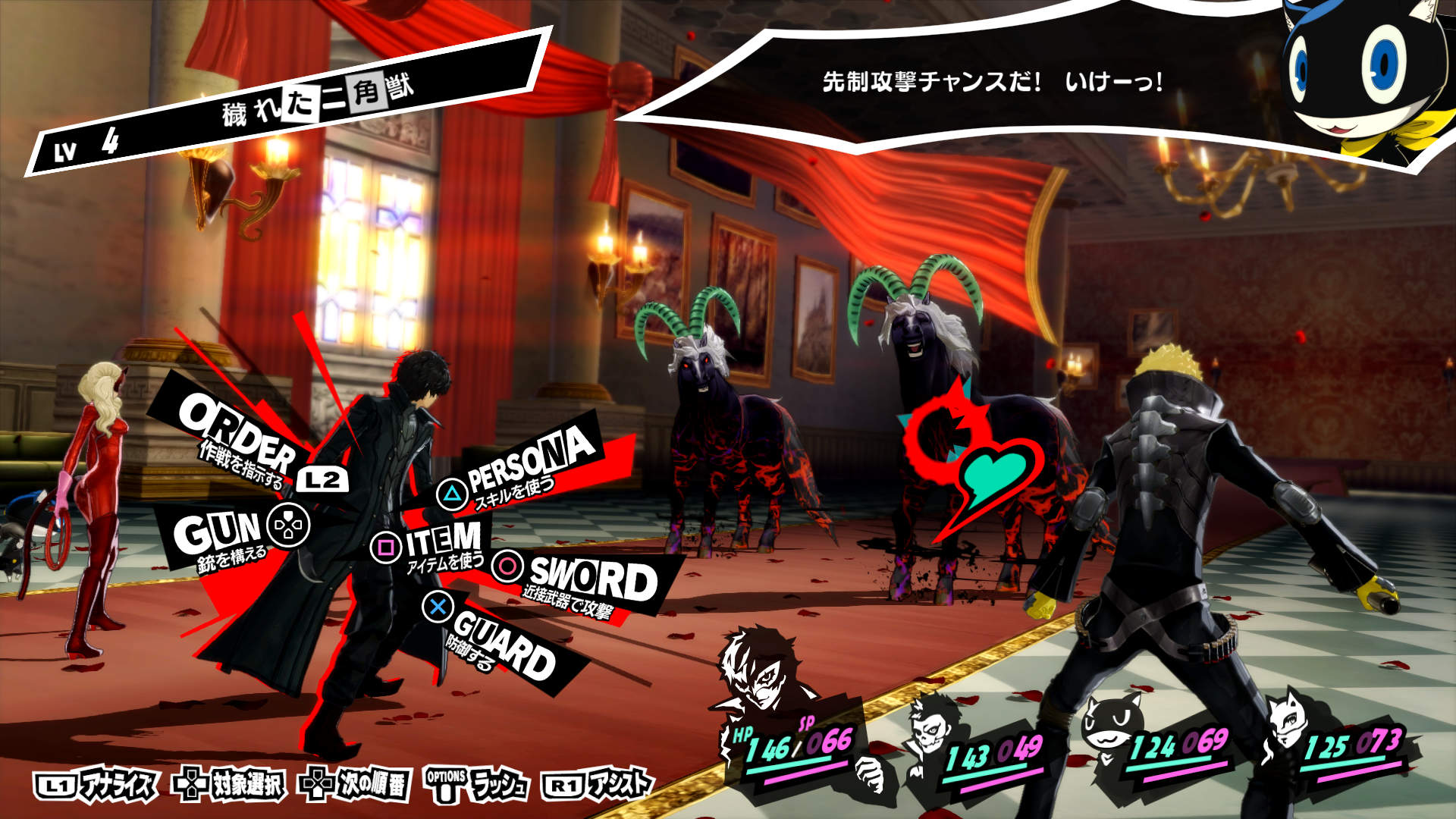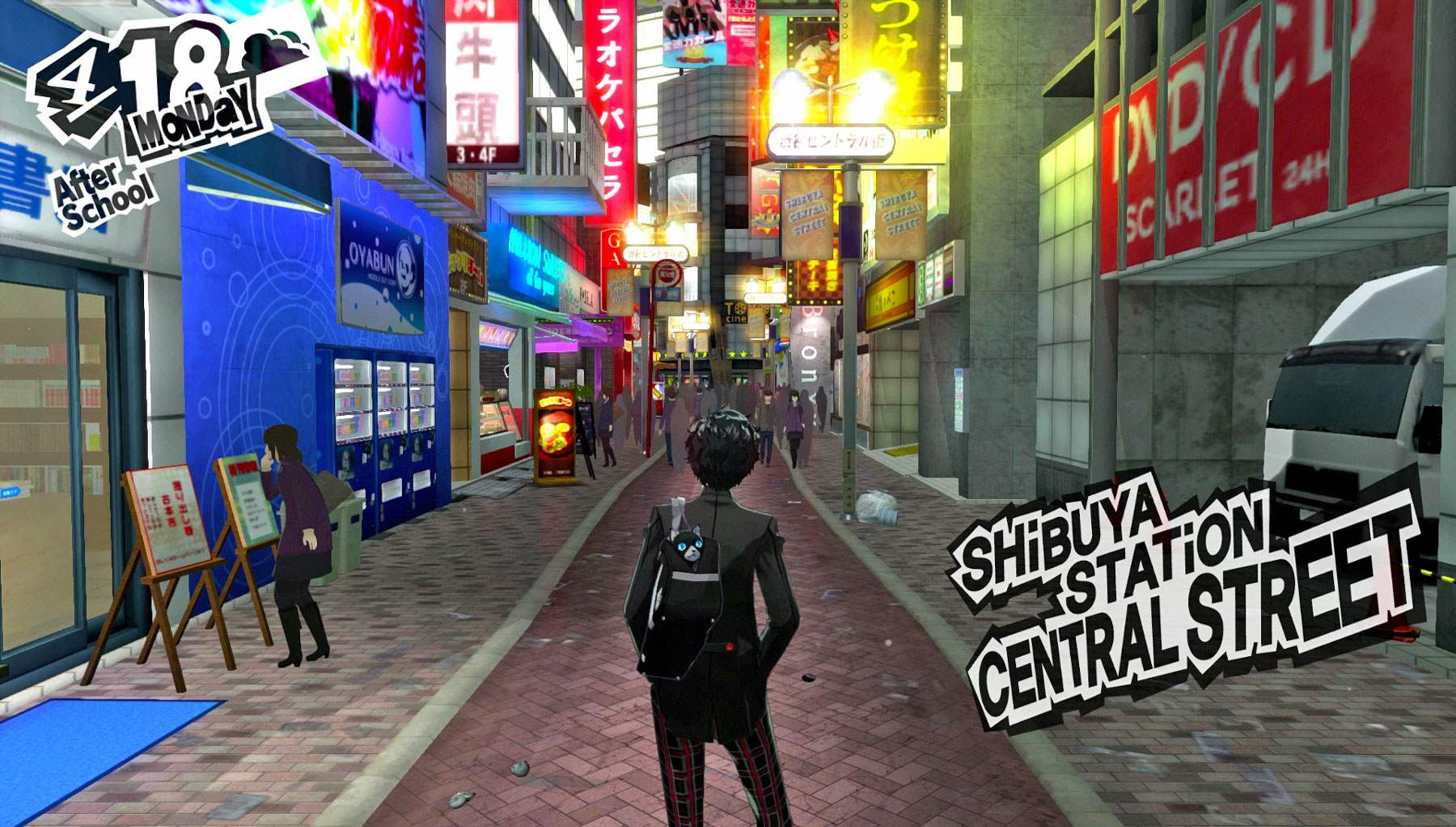Well, here it is. Often labelled as "the greatest film you never want to see again",
Grave of the Fireflies has earned quite the reputation as a bleak and fairly uncompromising film. As Isao Takahata's first film for the studio, he certainly made quite a statement. Labelled by Roger Ebert as one of the greatest war films of all time (I disagree with the "war" label but I'll get to that),
Grave of the Fireflies is a film everyone must see once. And probably only once (though I've made it through three showings so far)!
Following
Laputa's great success, Ghibli embarked on a hugely ambitious project of producing two films at the same time. One would be Takahata's debut for the studio and the other would be Miyazaki's next project, which would morph into the all-time children's classic
My Neighbour Totoro. Takahata, in adapting the very popular book, made a commitment to represent the devastating effects of war on the most vulnerable of its citizens. As costs ramped up on both projects, Ghibli made the incredibly odd decision of releasing both films as a double-bill. That's right,
Totoro, one of the most innocent children's films of all time, was paired up with the bleak and potentially traumatising
Grave of the Fireflies. I can't say precisely why this was done and it ultimately resulted in weak box-office takings. Apparently, it all depended on the order the films were shown in as to audience retention. As you can imagine, if
Grave was shown first, audiences were too shook up to stick around for sweet
Totoro. The project did end up recouping its loss at the box-office, due to the huge surge in
Totoro merchandise, and both films are rightly regarded as all-time classics.
Also spoilers from now on - short version. Watch this film. Please.
 |
| In one of the few moments of clarity, Seita releases fireflies into their 'home' to produce another beautiful scene |
Grave is set in the final weeks of World War Two. The battles with the U.S. have clearly taken its toll on the Japanese countryside. Seita and Setsuko, brother and sister, don't let the war dampen their spirits, living with their mother and awaiting the return of their heroic dad from the war. However, their village is fire-bombed by the U.S., leading to wide-spread devastation and the death of their mother. The two must journey to live with a distant aunt and try to make the best of their new situation. However, due to war-time rationing and emotional ruin, the aunt withdraws from the children and ultimately Seita makes the decision to leave and survive on their own. Making a shelter in a small cave next to a lake, the two try their best to live their lives but soon food, lack of money, hunger and disease take over, as their outlook slowly becomes grimmer and grimmer...
The opening itself is a work of melancholic beauty. Beginning in media res, we open with Seita dying homeless on the streets of a Japanese city. A police officer checks the body and confirms this and that this is now fairly common. The camera then pans away to reveal a spirit world, coloured in gorgeous reds, as Seita, now back in full health joins a little girl, who we later learn is his sister Setsuko. The two have been reunited in the after-life. Honestly, when this scene began and the music kicked, on my re-watch for this article, I just started welling up. It's one of the saddest and oddly beautiful openings to a film I can think of, as you come to the realisation that you are going to have to watch how these characters ... got to this point. We then go back in time to when Seita and Setsuko were happy, living with their mum. Life is tough but at least they have each other. However, following the attack on their town, they suddenly find themselves with no home and no mother. The image of Seita going to see his mum in the hospital, suffering from intense wounds and burns up and down her body is quite possibly the most upsetting thing I have seen in any film. I can barely even look at the image. I'm pretty desensitised to film violence and injury at this point but this image of Seita's mum is simply too much. You feel as traumatised as Seita.
 |
| Grave of the Fireflies' opening is simply a melancholic masterpiece, perfectly setting the tone |
Grave certainly pulls no punches in pulling you into its world. Even with its difficult and upsetting opening moments, it is not a complete misery fest. Seita and Setsuko do find precise moments of clarity where they can enjoy each others company. There's are a small handful of lovely scenes, including one where they go to the beach together, gather fireflies to release into their tent and even a small moment of joy when Seita finds a way to extend the life of Setsuko's favourite sweets. I do appreciate that the film shows that they are able to find very fleeting moments of happiness in the terrible situation they find themselves in. The two have a very clear bond and plays out like a real sibling relationship - they have ups and downs with each other but ultimately unconditionally love each other. With that said, it does become incredibly difficult to watch as Seita and Setsuko succumb to hunger and disease. I also like that the film doesn't pass judgement on Seita for his decision to leave his aunt's house to make it on their own. He's a young child making decisions that no child should have to make even if it does have devastating consequences for him and his sister.
The animation is absolutely stunning. While Miyazaki likes to paint extreme worlds and fantastical landscapes, Takahata is more interested in body language and facial expressions. This gives Grave an incredibly realistic look to the way characters move and talk. Oddly, though I feel that this story could only work in animation. There's almost this filter put up by it being animated. Perhaps it would have been too much if it was in live-action. There are too many excellent scenes to count but my favourite quite possibly is a quiet moment at the start of the film. Seita has just learned that his mum has died. He says to Setsuko that she's sick in the hospital, however she knows something is wrong. The subtext of the scene is that she knows that her mum is dead, deep down. The spacing of the scene has Setsuko in the foreground so we can see this realisation played in real time as she begins to squat and cry. Seita is sitting down, facing away from the camera, resided to this fact. It's a powerful moment and extremely subtle.

I think
Grave of the Fireflies' best quality is how uncompromising it is. It is unflinching in its representation of how governments can fundamentally fail to protect their most vulnerable citizens. This still happens today, as children like Seita and Setsuko struggle to get from day to day. Honestly...this was a really eye-opening film for me when I was younger. Growing up in the UK, you are given a very simplistic history lesson on World War Two. English = Good, Germans = Bad. The chest-thumping nature of how this is taught gives a wrong impression to students of the realities of war. War is fought by governments with little regard for the people caught up in the middle. At the end of the day, it's the people who suffer. So the idea of watching a film from the "other side" of the war was a new concept to me and made me realise all these things. Ultimately, it is much more morally complex than a nationalistic infused lesson in class. Seita is a young lad and proud to be Japanese and that his dad is fighting in the Royal Navy. He has complete faith in his nation. However, by pure chance, he learns from a stranger that Japan has lost war, have surrendered to the U.S. and that his dad has likely died along with the rest of the fleet. Ultimately, the state that Seita is so proud to be part of fundamentally fails him.
Takahata himself had somewhat of a motive behind making
Grave of the Fireflies when he did. In the 1980s, Japan was suffering due to high crime and anti-social behaviour caused by teenagers. In making of
Grave, Takahata hoped to nullify some of this by presenting a film that showed in detail how past generations suffered to create the society they live in today. This is clear in the final shot of the film, as the sports of Seita and Setsuko appear over a ridge to reveal a modern Japanese city. I'm not too sure how I feel about this, it could be read as exploitive, and how much affect it actually had on this target. My take away from the film is more the humanitarian side - that children like Seita and Setsuko suffer every day due to war, poverty and disease and them peering over a modern city is a reminder of this.
Grave tells the story like it is and doesn't spend a lot of time (if any) dwelling on its politics. You can take away what you will.
 |
| The film, unavoidably, brings up some very morally grey politics but as part of the sub-text |
The film's final act becomes very difficult to watch. Seita has completely run out of money and has resorted to stealing to make ends meet. Worse, Setsuko is suffering due to terrible effects of malnutrition. An incredibly sad scene is where Seita takes her to a doctor and he simply replies that all she needs is food. All she needs is food. Seita just explodes at this moment. Unfortunately, delirium and hunger means that Setsuko starts eating things she really shouldn't be and eventually passes away. This is quite possibly the most devastating moment in any film I have seen. The image of Seita burning his sister's body is unforgettable, especially as the swell of music kicks in. This is followed by a montage of past moments with Setsuko and you come to the realisation that this was just a little girl.
 |
| It's ... just .... too much ... |
Grave of the Fireflies is quite rightly regarded as a masterpiece. While Takahata would go onto make other interesting and great films at Ghibli, for my money, this is his best. Grave is proof that animation can reach a certain level that can only be achieved in that medium. It is a powerful, traumatising and ultimately incredibly bitter-sweet film that everyone must see at some point. It's not exactly a film to be enjoyed ... more to experience. I've things brief in this article as, if you've not seen it, it just needs to watched.
I'll just leave a quick note here - don't see the English dub. It's not actively bad more bland. I think this story is so culturally specific, watching it in a bland English dub is almost a disservice. I watched the older one, I believe, and I understand that there is a new dub for the blu-ray but, while I have not seen that yet, I would still recommend the Japanese versions instead.
Now I feel depressed ... what's next? Ah,
Totoro ...






















